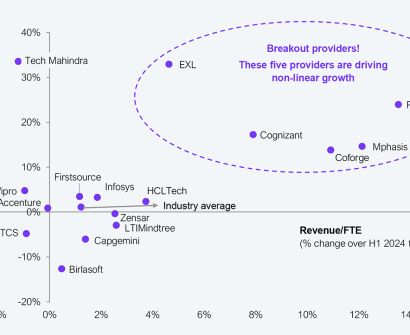Currently Empty: $0
Canada’s unemployment rate drops to 6.9%, economy adds 83,100 jobs

By Promit Mukherjee
OTTAWA, Canada’s unemployment rate surprisingly dropped a tick to 6.9% in June as employment increased in wholesale and retail trade and health care and social assistance, data showed on Friday.
The economy added 83,100 new jobs in June, the first net increase since January, Statistics Canada said. Most of this employment growth was in part-time work.
Analysts polled by Reuters had estimated the unemployment rate would tick up to 7.1% from 7% in May, with no job additions. The jobs report usually has a standard error of around 32,000 between two consecutive months.
This is the final jobs report before the Bank of Canada’s monetary policy decision on July 30 and a better than expected unemployment and job addition numbers is likely to tilt the bank towards another hold in its policy rate.
The June inflation data coming next week will be the final number which will help the central bank seal its decision. Money market bets for a rate cut this month shrank to below 20% after the labor force survey, a big change from 30% on Thursday after U.S. President Donald Trump threatened to impose 35% tariffs on all Canadian imports from Aug. 1, which will be over and above the already existing tariffs on various sectors.
The Canadian dollar was trading down 0.12% to 1.3671 to the U.S. dollar, or 73.15 U.S. cents. Bond yields on the two-year government bonds were up 1.9 basis points to 2.715%.
While the number of unemployed Canadians in June hardly changed from May, it was up 9% to 128,000 on a year-over-year basis and over one in five unemployed people had been searching for work for 27 weeks or more in June, an sharp increase from June 2024.
Statistics Canada said the layoff rate in June did not show any major uptick and remained low at 0.5% relative to historical averages barring recessionary periods.
Tariff exposed sectors such as transportation and manufacturing had been showing signs of strain for the three months through May.
The employment in transportation dropped by 3,400 people in June while manufacturing posted a jump of 10,500, StatsCan said.
The biggest increase in employment was a 33,600 jump seen in wholesale and retail trade. Healthcare and social assistance saw a jump of 16,700 people while agriculture sector shed 6,000 people in June.
The participation rate, or the number of people employed and unemployed in the total population was at 65.4% in June, up from 65.3% in May.
The average hourly wage of permanent employees – a gauge closely tracked by the BoC to ascertain inflationary trends – grew by 3.2% to C$37.22.
Source: GWFM Research & Study








